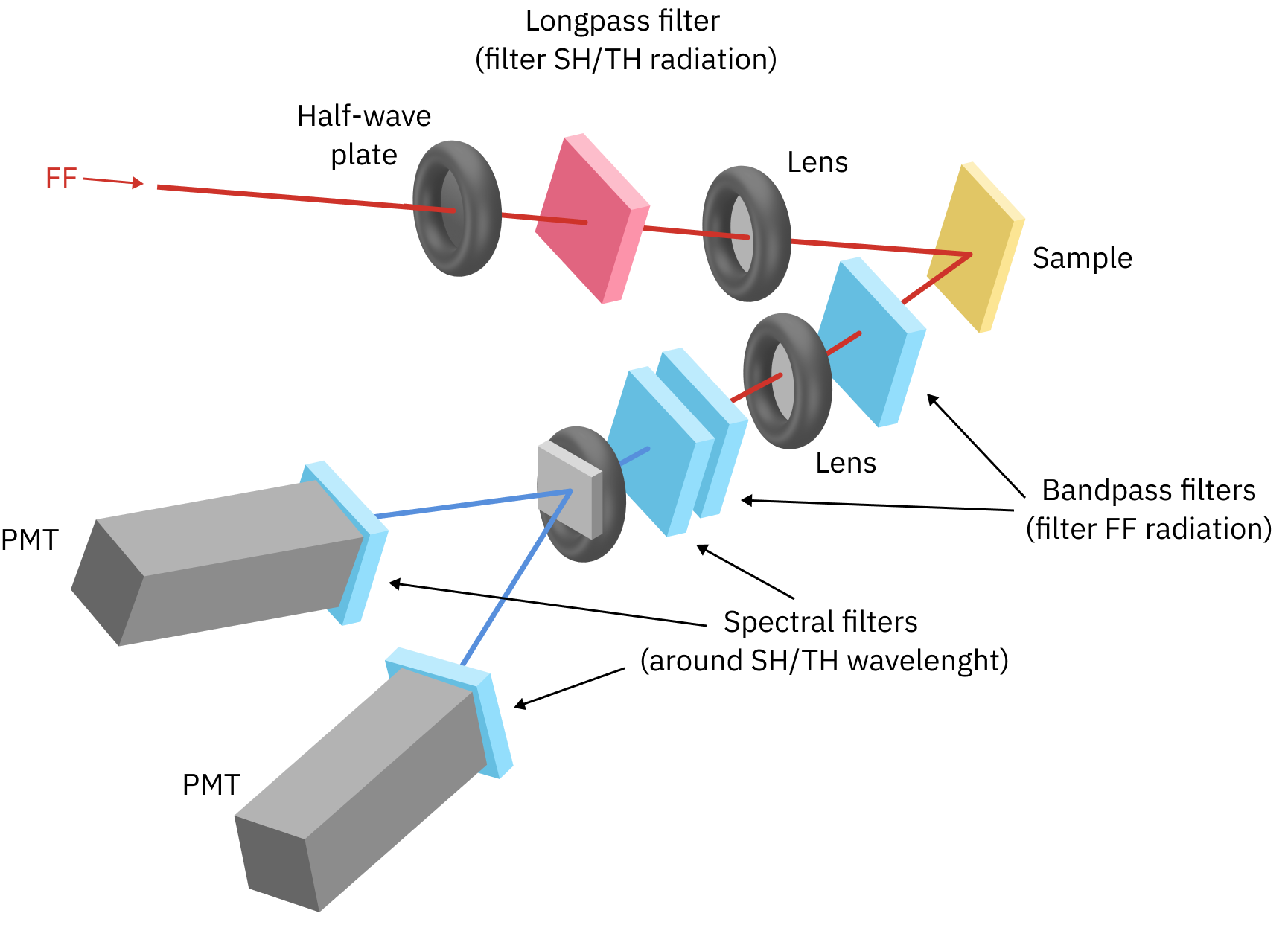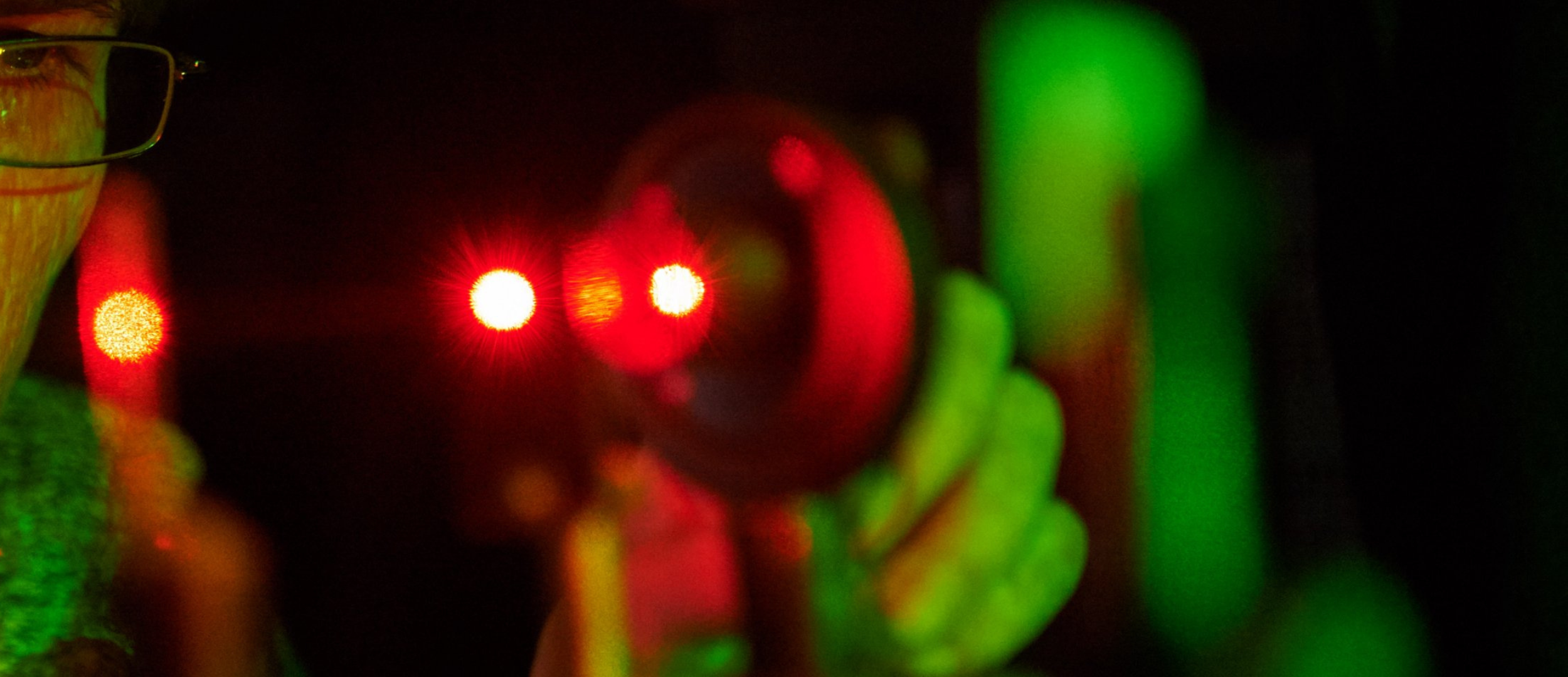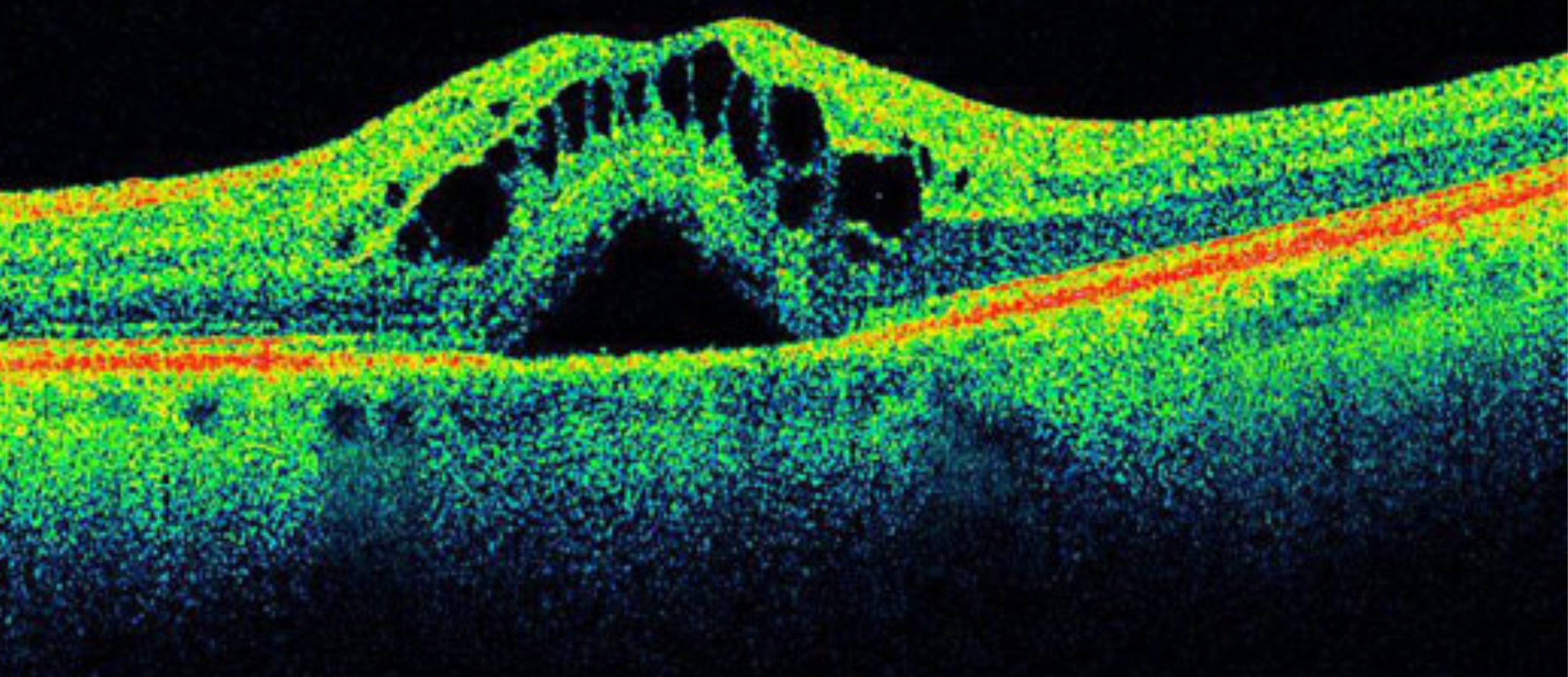With the rising interest in more compact, cost-effective and efficient devices, photonic technology is gaining ground over traditional electronic devices. In this scope, great efforts are made in order to find the most suitable materials and geometries.
In the search for materials with great electric conductivity, metals are the option of choice; they are highly reflective, the reason for which they are mainly used as flat mirrors. Nevertheless, recent studies have shown, that metallic photonic devices with periodic structures show enhanced reflective characteristics, opening a new window for more applications besides their use as mirrors.
Apart from the enhanced reflectivity of these types of devices, the use of metal materials for nonlinear frequency conversion studies is an emerging topic. This may be motivated by the parallel development of photonic crystals and the emerging fields of plasmonics and dielectric metasurfaces. Metals can dramatically enhance the efficiency of optical phenomena at the surface of the sample, contributing to the obtention of important insights of surface properties.
Current research is performed towards a better understanding of the basic physical properties of metal nanostructures, with a special focus on the analysis of Second Harmonic and Third Harmonic phenomena at the subwavelength scale.
Dr Trull and Dr Conjocaru Achieve The Enhancement of Second Harmonic Signals in Three Orders of Magnitude
At Universitat Politecnica de Catalunya, a theoretical and experimental study on the enhancement of Second and Third Harmonic signals with gold nanogratings has been carried out, showing outstanding results that contribute to the development of nonlinear optics of metals at the nanoscale.
In their study, they make use of a theoretical model to explain how light interacts with matter and the production of harmonic generation at the extremely short pulse regime. Their theory uses the hydrodynamics model by electron gas pressure to explain free electrons behaviour, and Lorenz oscillators to model the dynamics of bound charges, accounting for linear and nonlinear effects simultaneously.
They used a home-built gold nanograting made up of a Si O2 substrate and a gold layer with nanogrooves etched on the surface and they performed both linear and nonlinear optical characterization of the metallic devices.
Iceblink Supercontinuum Laser for Linear Characterization of Gold Nanogratings
The spectral response of the nanograting was measured by a system comprising the Iceblink supercontinuum laser and a high-resolution spectrometer.
In previous chapters, we have discussed the use of White light sources for the optical characterization of devices (https://fyla.com/supercontinuum-laser-and-microscopy-as-a-tool-for-optical-characterization-of-devices).
In this particular experiment, the spectrum of the reflected light emitted by the sample was studied as a function of the incident angle. Linear optical characterization of the reflected light was needed to find the resonance wavelengths and the diffraction orders (angles of incidence at which SH and TH signals are enhanced) for the subsequent Nonlinear conversion efficiency measurements.
Nonlinear conversion efficiency takes the greatest value when the incident light reaches the surface at a certain angle (or diffraction order) leading to a specific resonance wavelength.
What the Iceblink brings into the table is the possibility of studying the reflection properties of a material at multiple wavelengths:
- The broad spectrum (450 to 2300 nm) allows for studying of the reflectivity of the nanogratings in the whole VIS to NIR range, optimizing the finding of the resonance wavelengths for the nonlinear optical characterization.
- The pulse width of the laser, with <10 ps at FWHM, allows for the measurement of ultrafast dynamic changes in the surface of the material.
- Total power of >3W avoids damaging of the sample and allows for optical characterization measurements.
Nonlinear Frequency Conversion Study -SH and TH Efficiency Enhancement
The SH and TH signals were studied at 800, 1000 and 1100 nm, which corresponded to the resonance wavelengths for the gold nanograting used in this study. Firgure 1 shows the experimental setup that was implemented.

Two different Ti:Sapphire lasers emitting in the fs range, at the resonance wavelengths were used as excitation sources. The collimating lens focused the incident and the emitted light at the sample and the detector. Long pass filters avoid residual light from other parts of the setup reaching the sample and the appropriate filter sets were used to ensure that the fundamental and second harmonic signal would reach the detector. A Wollaston polarizer separated the light into the polarization constituents (TM and TE) and the detectors consisted of two Photomultiplier Tubes.
The efficiency of the SH and TH signals was estimated as a ratio between the energy of nonlinear signal with the energy of the fundamental incident beam. Results showed a great enhancement of the nonlinear spectral conversion: three orders of magnitude for Second Harmonic signal and a factor of 3200 for Third Harmonic signal.





